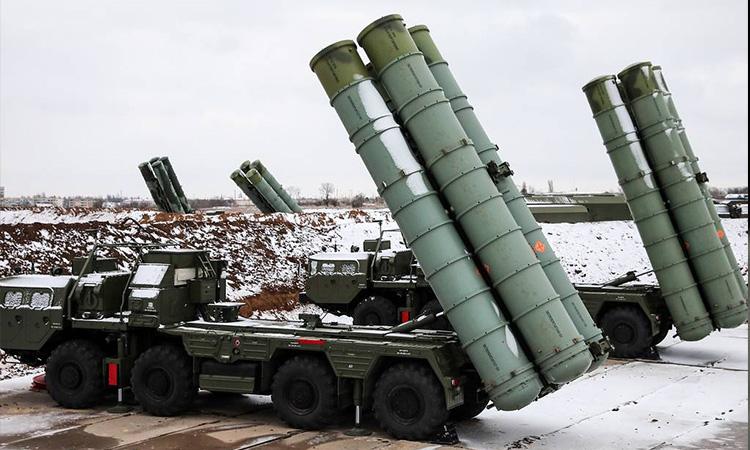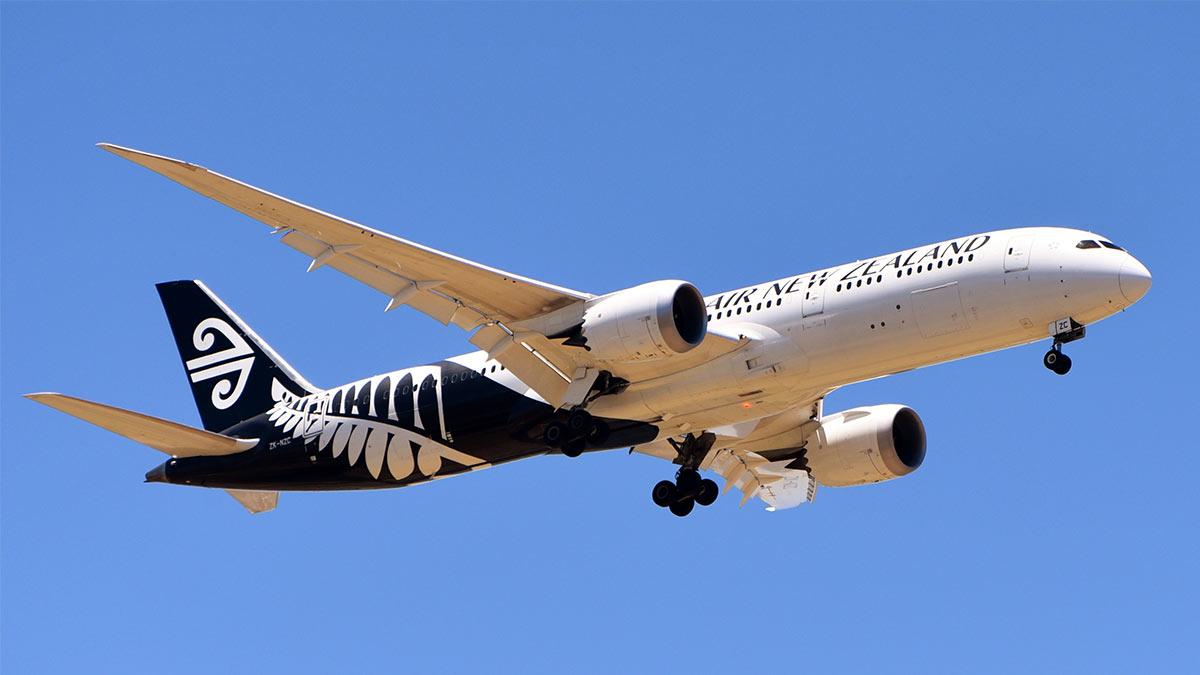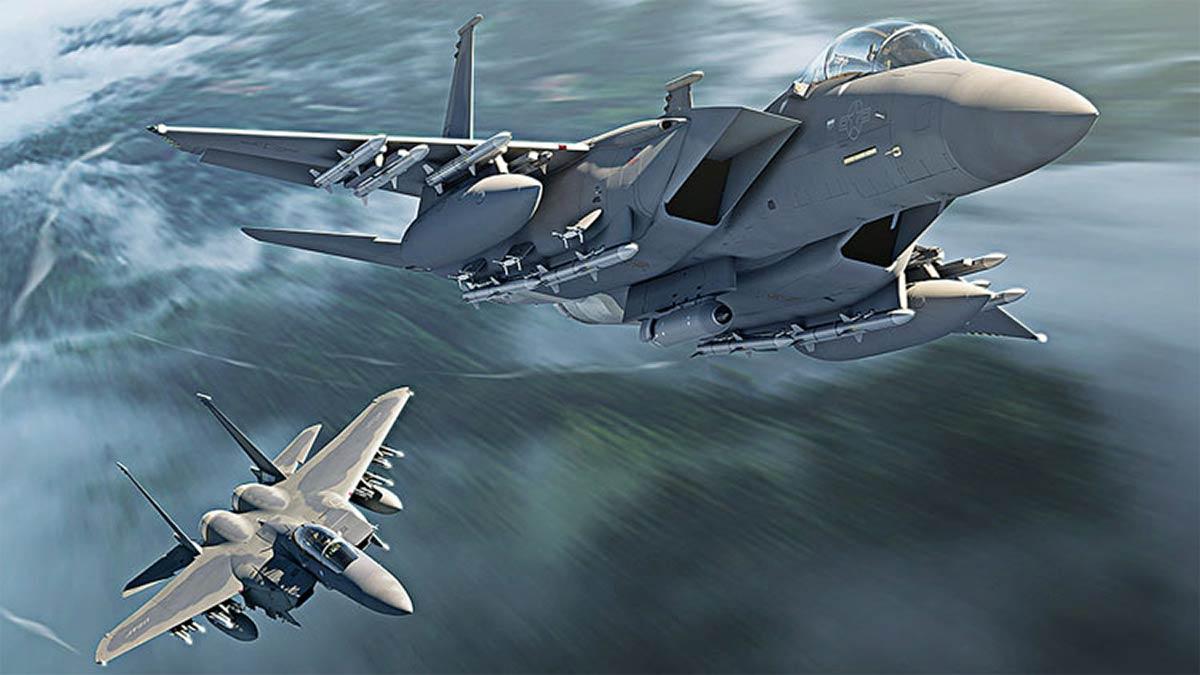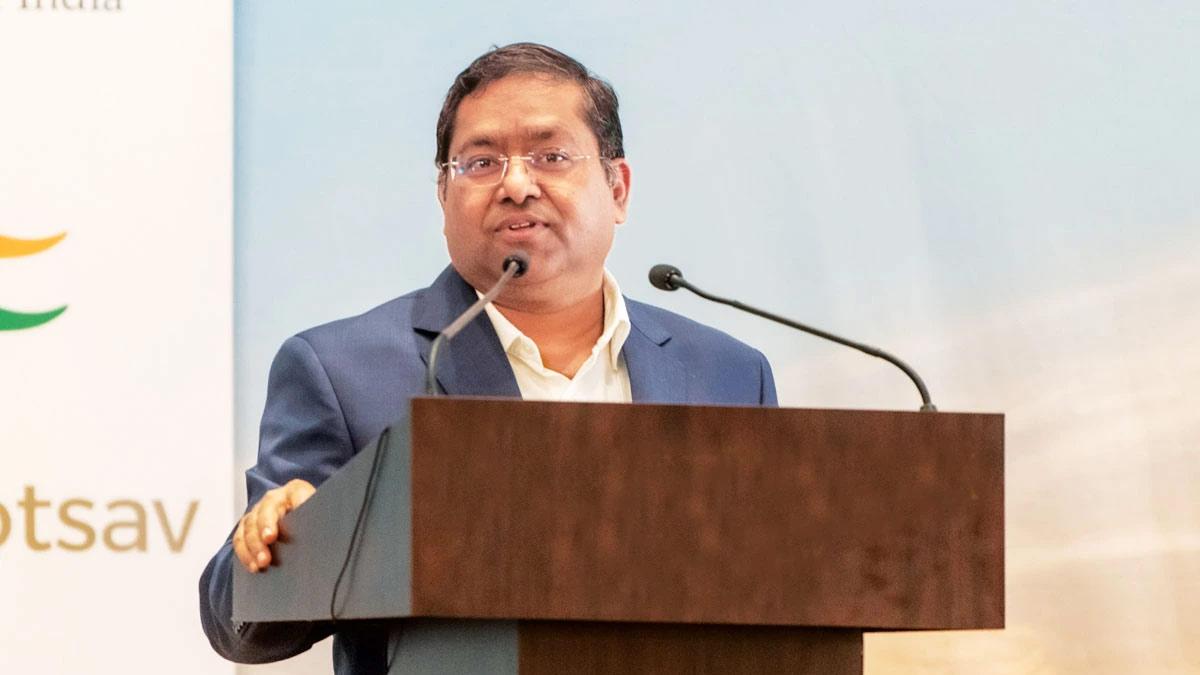Despite the threat of US sanctions, India is going full power with its induction plan for the advanced S-400 Triumph surface-to-air missile systems from Russia, Times of India reported.
Ahead of the deliveries beginning in September-October, a large IAF team will be leaving for Russia later this month.
“An initial team of almost 100 officers and airmen will leave for Russia in the last week of January for training in operations and maintenance of the massive S-400 systems”.
“A second IAF team will follow suit after a few months. With the deliveries beginning this September-October, the first S-400 squadron should become operational in India by end-2021 or early-2022,” TOI reported quoting its sources.
All five mobile squadrons of the S-400 air defence systems, under the $5.43 billion (Rs 40,000 crore) contract inked with Russia in October 2018, will be progressively delivered by April 2023.
The highly-automated S-400s, which can detect, track and destroy hostile strategic bombers, jets, spy planes, missiles and drones at a range of 380-km, will be “suitably positioned in the western, northern and eastern sectors” to cater for threats from both China and Pakistan, say defence ministry sources.
The S-400, which will “revolutionize India’s air defence capabilities”, will have missiles with interception ranges of 120, 200, 250 and 380-km as well as battle-management systems of command posts and launchers, long-range acquisition and engagement radars, and all-terrain transporter-erector vehicles.
With 128 missiles in each battery, the S-400 system automatically picks up the “most suited” one to launch at an incoming aerial threat. Its radars, with the primary acquisition one with a 600-km range, can track hundreds of targets simultaneously.
Russia claims the S-400 can even intercept ballistic missiles with velocity of 4,800 meters per second as well as “radar lock and shoot down” 5th-generation stealth fighters like the American F-35 Lightning-II jets.
India has already paid “a substantial advance” in the $5.43 billion contract to Russia, with the rest of the instalments being linked to deliveries, after working out a payment mechanism to get around the US sanctions regime.
The US has imposed financial sanctions on China and Turkey for inducting the S-400 systems from Russia. India had earlier mounted a major diplomatic-military campaign to convince the Trump administration, stressing the S-400 acquisition was a “urgent national security requirement” for it.
One of the main reasons for the US to remove Turkey from its F-35 fighter programme was the fact that the S-400 systems are capable of “mapping or recording” data of other platforms like aircraft or radars.
The stealth characteristics, electronic warfare and other capabilities of the F-35 fighters, for instance, can be recorded and analyzed by the powerful acquisition and engagement radars of the S-400 systems if they are operated together. This would conceivably make F-35s more vulnerable to interception by the long-range missiles of the S-400s.


















